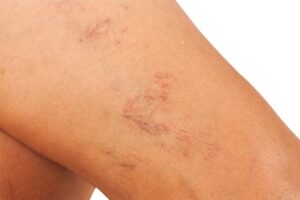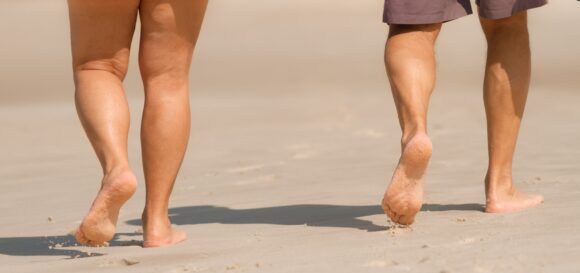Varicose and Spider Veins: Causes and Treatments
If you suffer from uncomfortable and unsightly varicose veins or spider veins, Glacial Ridge Health System offers heartfelt treatments from Dr. Billie Jo Grieve, a board-certified general surgeon. She provides a range of safe and minimally invasive procedures that are virtually painless and require little to no downtime, including VenaSeal™ and ClosureFast™.




